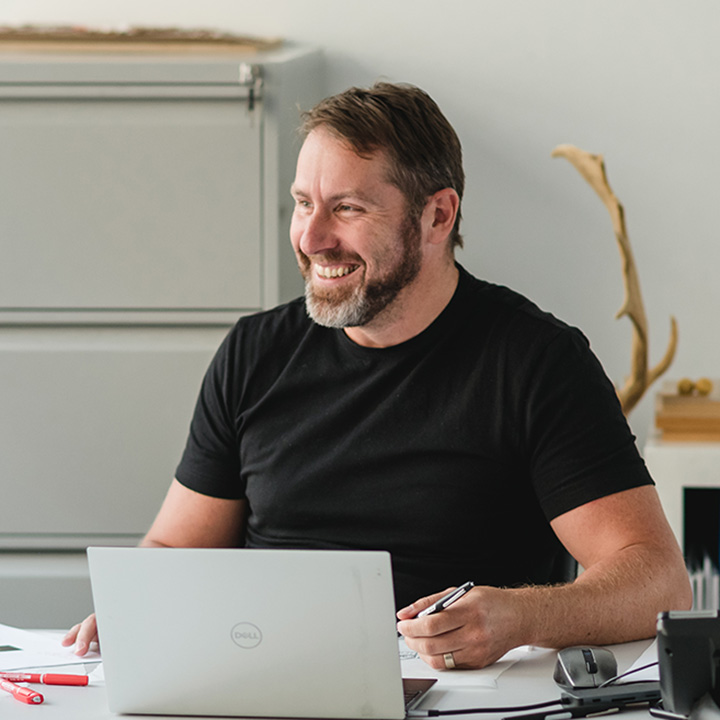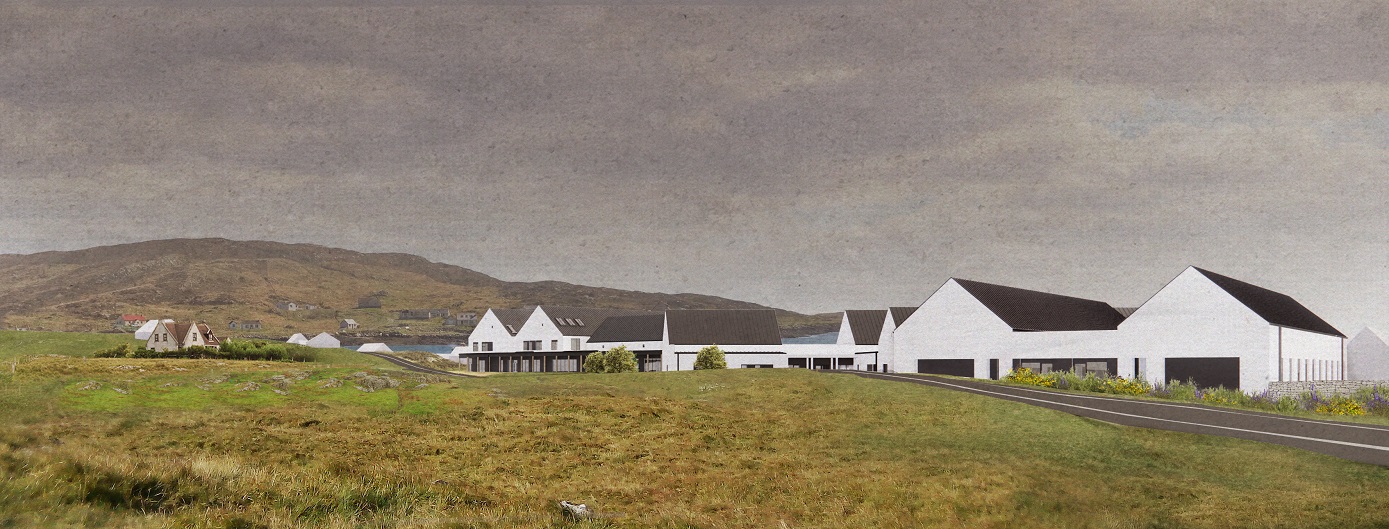Chris Malcolm: Can we achieve more with less

Chris Malcolm
Architect Chris Malcolm discusses how a holistic, people-centric vision can achieve more with less across publicly funded projects in Scotland.
The ambition to deliver a more place focused, locally responsive approach to public service delivery across the diverse context of Scotland is fundamental to the creation of resilient communities and the overall success of the nation. This has been pulled into sharper focus during the pandemic as communities pulled together to support one another, highlighting how place, the home, neighbourhoods and communities are at the very core of a healthy society. Equally, concerns around energy security and the recent hike in energy prices highlight a huge requirement to make our built environment more sustainable and to achieve more with less energy and resources.
However, the past two years have been turbulent to the extreme, and the UK as a whole has suffered a record fall in GDP, with a number anticipated programmes of investment interrupted. So how do we improve opportunities and wellbeing for everyone in our communities, making best use of natural capital, growing local skills, creating resilient, empowered, economically viable communities with a sustainable future?
Scotland, at a population of 5.46 million, is perceived as able to operate as one nation at a strategic level and having a recognisable accountable face. This can only ever be a framework that is then broken down further, to recognise the different agendas facing the rural and remote communities, when compared, for example, to the central belt.
However, the state cannot give power to the people if it simply gives up its own. It must find smarter ways to make sure that it uses its unique capacity to enable civic society to do its best. Centrist, top down, one-size-fits-all investment has been inefficient, often ineffective and generally failed those it was aiming to benefit.
Over the past ten years, Ryder have delivered public sector projects across the length and breadth of Scotland, in a range of settings as diverse as the urban central belt, the coastal fringes of the mainland, and our island communities. From this diverse experience, it is our view that we require a place-based approach to maximise the opportunity, improve the asset base, and in doing so improve services, achieve climate objects and create a satisfied, content, enfranchised and healthy society.
A place-based approach is not new, but with more devolvement and an emerging local agenda, it is probably more achievable, providing the opportunity to do more with less.
It is a way of working and thinking that addresses the needs of our communities in a collaborative way, to achieve better outcomes. It means engaging with partners at national, regional, and local levels to collectively meet the specific needs of a particular location, achieving more and maximising the benefits from the project to the local community through better integration of service delivery. This means better performing facilities and better places for people.

Barra and Vatersay Community Campus, a place-based approach to island service delivery © Ryder Architecture
The approach aligns with Scottish national planning policy and the Scottish Government’s National Performance Framework, which assesses the success against a range of outcomes, communities, education, health, culture - what is key is that these outcomes do not exist in isolation from each other but taken together, present a holistic vision for success at all geographic levels.
By investing in the process of decision making and helping achieve policy and objectives, we are enabled to contribute beyond basic functional design responses and seek to create more with less for, what are for most communities, a once-in-a-lifetime investment opportunity.
These principles are at the core of how we work, where we collaborate with partners at the earliest stages, so we can collectively consider the Why of a project, before becoming focused on the How.
We do this by investing the right time in the early stages of the journey:
- Analysing place – understanding what the needs are, and the ambitions;
- Agreeing objectives – how do we define an overarching vision, underpinned by definable success factors?
- Developing a proposition – how do we best deliver the vision and success factors, and which partners can help facilitate change?
- Brief building - capturing how the project needs to perform to achieve those outcomes, the decision making process through design development and closing the performance gap between design and operation
We have applied this approach to a variety of settings by researching and understanding place, looking beyond the arbitrary boundary of a red line to make sure we deliver outcomes that give the greatest benefit to the wider community, in locations such as Barra, Argyll and Bute, and the Shetland Islands, as well as the more urban settings of Aberdeen and the central belt.
Implementation of the ‘place principle’ requires an integrated, collaborative, and participative approach to decision making, services, land and buildings.
If all those responsible for providing services and managing assets, work and plan together alongside the local communities they serve, we can produce much more with less. If there is a common focus, of all publicly funded projects, to achieve people centric outcomes such as improving lives and supporting inclusive and sustainable economic growth, we will create more successful places.
The impact will be greater than the sum of its parts – more with less.
- Chris Malcolm is partner at Ryder Architecture























